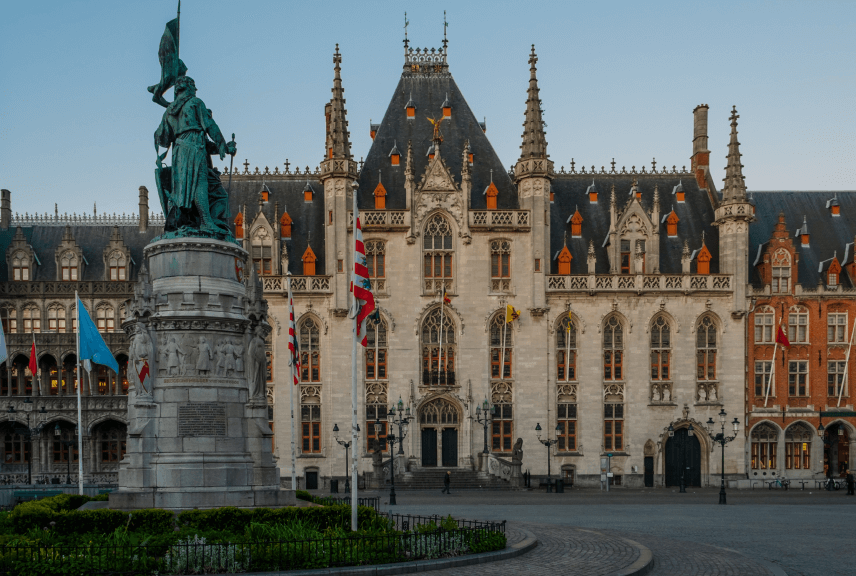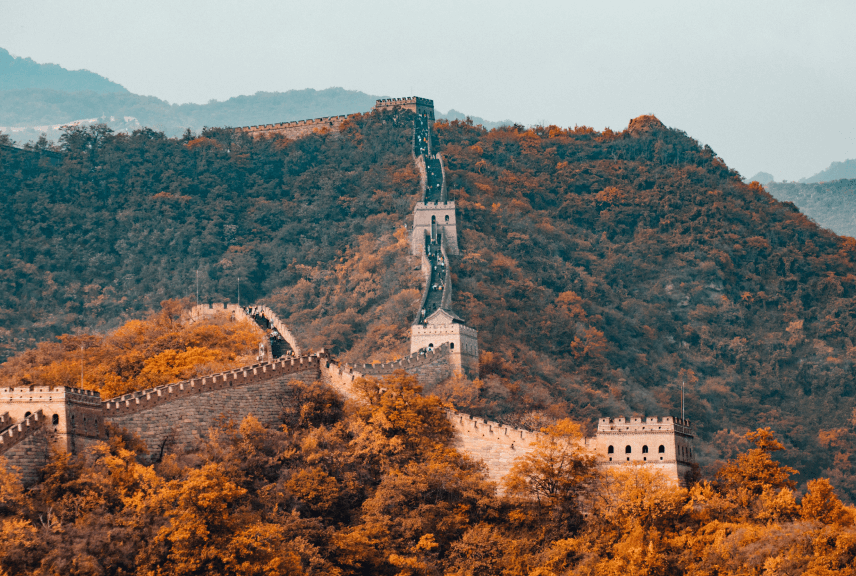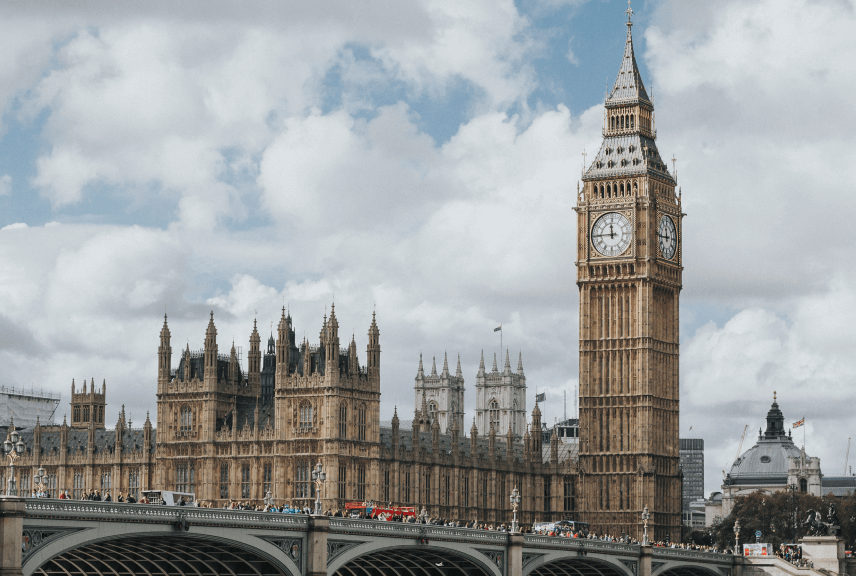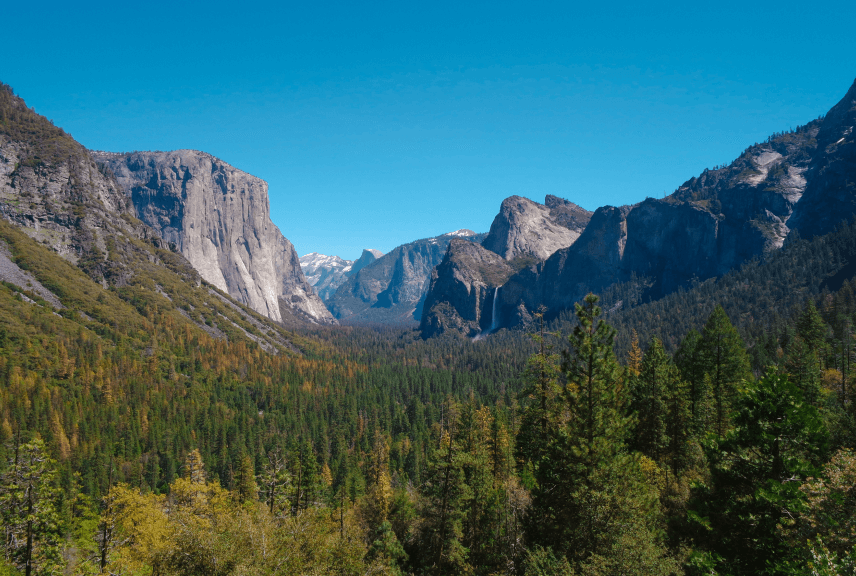Wednesday, December 11, 2024
Bali, renowned for its stunning beaches and lush landscapes, faces an annual challenge during the rainy season: the arrival of the plastic tide. For returning visitors, this phenomenon is a familiar, though unfortunate, sight. For first-time travelers, it’s essential to understand what to expect and how this affects the island’s iconic beaches.
The Reality of Bali’s Plastic Tide
Every year during the rainy season, Bali’s most popular beaches face an influx of plastic waste and natural debris washed ashore by ocean currents. This year, the first major plastic tide appeared on Samigita Beach, a long stretch on the southern coast encompassing Kuta Beach, Legian Beach, and Seminyak Beach.
In the initial cleanup effort, over 150 tons of plastic and debris were removed from the beaches. Kuta Beach was hit hardest, with 80 tons of waste collected, followed by 40 tons from Seminyak and 30 tons from Legian. Teams from the local Environment and Sanitation Agency have been mobilized, with dozens of trucks transporting the waste to recycling centers and landfill sites.
What Causes the Plastic Tide?
The tides bring not only plastic waste but also natural debris like driftwood, tree branches, and trunks. This accumulation is driven by ocean currents and exacerbated during the rainy season. While plastic pollution is a global issue, Bali’s geographical location makes certain beaches more vulnerable to large-scale debris deposits.
A Coordinated Cleanup Effort
Local authorities are well-prepared for the annual plastic tide. Cleanup operations are swift, but the sheer volume of waste can sometimes take days to manage. Most of the debris is processed at recycling centers, with non-recyclable materials sent to landfills.
The rainy season typically affects popular beaches such as Kuta, Jimbaran, Kedonganan, Pantai Jerman, Legian, Double Six, Seminyak, and Petitenget. Last year, Jimbaran Beach faced one of the worst tides in history, with debris reaching depths of up to one meter in some areas.
Beaches Less Impacted by the Plastic Tide
Not all beaches in Bali experience this issue. Areas such as Sanur, Candidasa, Amed, Lovina, and the coastlines around Nusa Penida, Nusa Lembongan, and Nusa Ceningan are generally unaffected due to different ocean currents. Even in busy tourist areas like Uluwatu and Canggu, the impact is less severe, though occasional debris can appear during the rainy season.
Raising Awareness of Ocean Plastic Pollution
Plastic pollution is a global crisis, impacting coastlines worldwide. From visible waste on beaches to microplastics embedded in the sand, it’s a challenge that affects both locals and visitors. While Bali’s authorities work tirelessly to manage the plastic tide, long-term solutions require global cooperation and individual responsibility.
Tips for Visitors
If you’re traveling to Bali during the rainy season, be prepared for the possibility of encountering ocean debris on certain beaches. Consider exploring less-affected areas or supporting local cleanup initiatives. Awareness and sustainable practices can help contribute to the preservation of Bali’s natural beauty.
While the plastic tide presents a sobering reality, Bali remains a breathtaking destination, offering much more than its famous beaches. With continued efforts to combat pollution, the island strives to balance its natural allure with sustainable tourism practices.


















